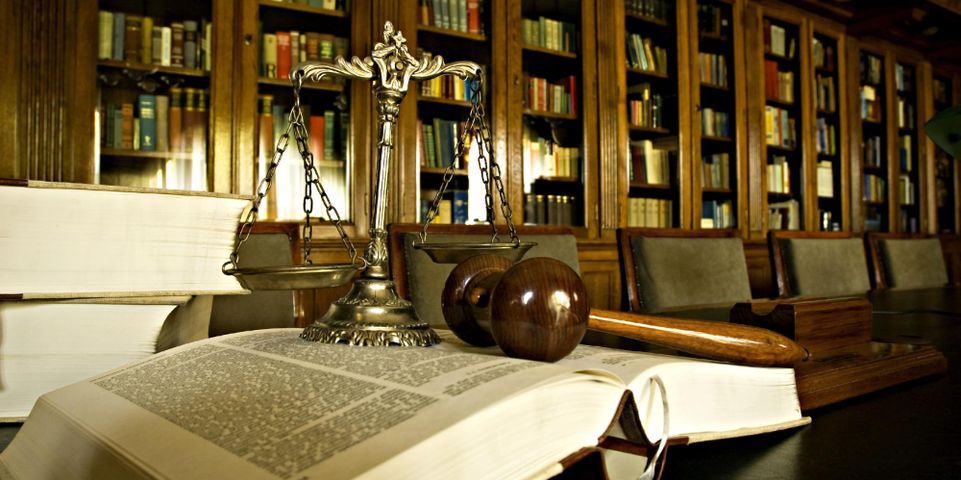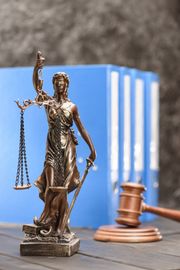What's the Difference Between Insolvency & Bankruptcy?

Many people who have not experienced significant debt in the past can confuse insolvency with bankruptcy. If you are thinking about filing for bankruptcy, you should understand the difference between insolvency and bankruptcy, and why you cannot file bankruptcy without first being deemed insolvent. The more you know about bankruptcy law, the easier it is to select a filing, such as Chapter 7 or Chapter 13, that works best for your financial needs.
Insolvency
A person is deemed insolvent when they are unable to pay their debts as they become due. For example, if you cannot timely pay your credit card debts or make your monthly car payment, you are in a state of insolvency and must attempt to reconcile the outstanding balances. Insolvency comes in two forms: (1) cash-flow insolvency, which occurs when you do not have money to timely pay your debts; and (2) balance-sheet insolvency, which occurs when your debts are more significant than your assets.
There are a few things you can do to pay off debts and eliminate insolvency issues, including obtaining a second job, negotiating with creditors to delay or reduce payments, and refinancing your home to reduce the mortgage. You simply cannot just ignore the debts in hopes that they disappear. Without making attempts to resolve the debt, the debt will worsen, and the collection agencies will start calling in an effort to collect the debt.
Bankruptcy

If you continue to remain insolvent because you cannot timely pay your outstanding debts, filing for bankruptcy becomes an option. Think of filing for bankruptcy as your “last debt resolution resort” and should only be considered after exhausting all other options. An attorney specializing in bankruptcy law will help you determine what type of bankruptcy is appropriate for your financial situation. The most common bankruptcy filing is Chapter 7, wherein your personal assets, not subject to an exemption, are liquidated and the proceeds are used to satisfy secured debts, such as auto and mortgage loans. If, after non-exempt personal assets are liquidated and applied to secured debts, there is any money left, the money will be applied to pay unsecured debts, such as credit cards and payday loans. In the event that there are no assets available to pay unsecured debts, those debts will be discharged and you will no longer be left owing them outside of bankruptcy.
While Chapter 7 bankruptcy involves liquidation of non-exempt personal assets, importantly, it allows you to retain essential assets, such as your home and vehicle. If you do not want to liquidate any of your personal assets, you can file a Chapter 13 bankruptcy. In Chapter 13, you are permitted to keep all of your assets and create a payment plan with your creditors to pay your debts over a period of three to five years.
If you need the assistance from an attorney experienced in bankruptcy or financial services, please contact Gess Mattingly & Atchison, P.S.C.. Since 1954, the firm has been representing clients throughout the Commonwealth of Kentucky, and has grown to become a full-service law firm with the ability to serve a diverse clientele in a variety of practice areas. Call (859) 252-9000 today to request a consultation or learn more about bankruptcy law services online. Get additional tips about financial issues on Facebook.
About the Business
Have a question? Ask the experts!
Send your question

